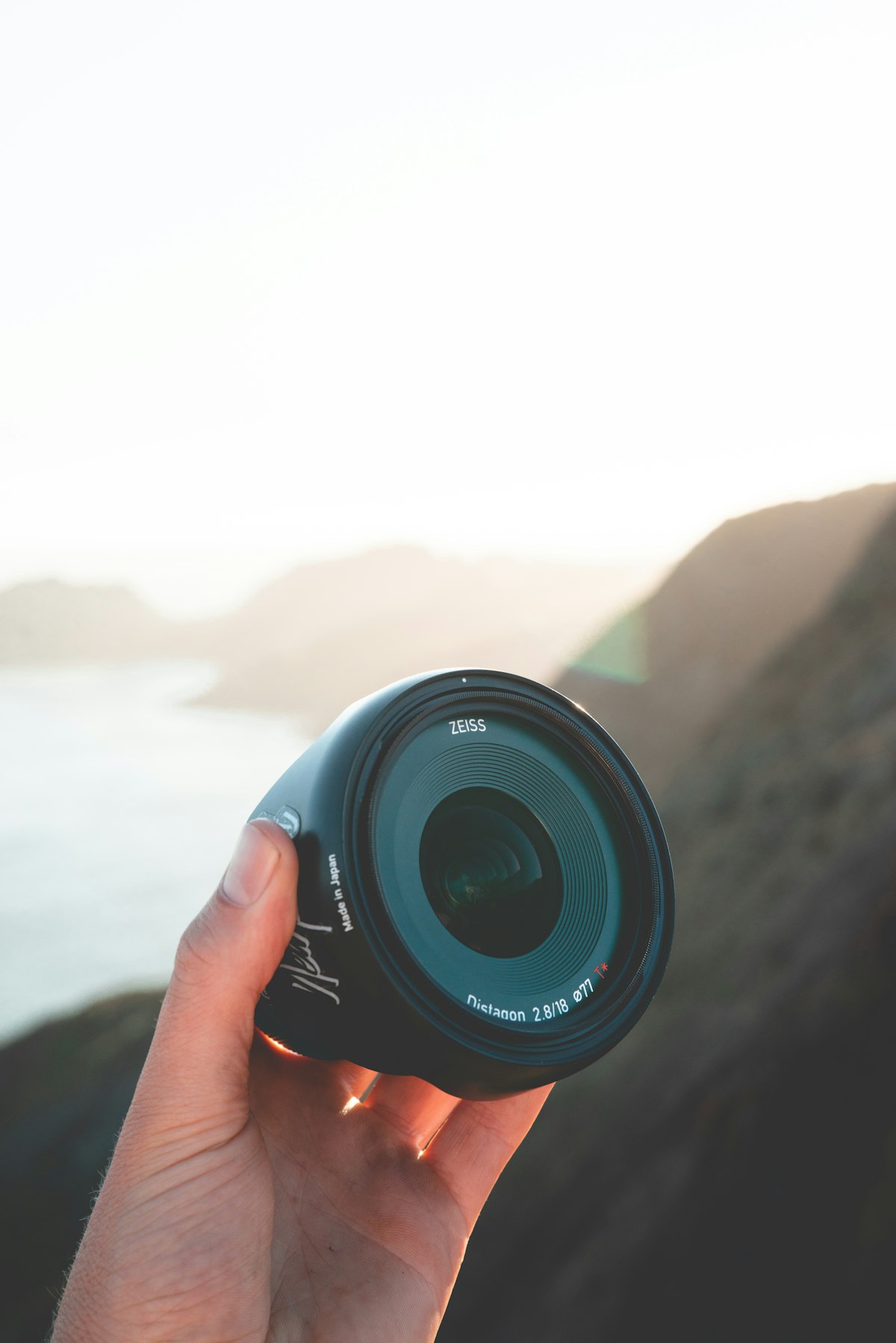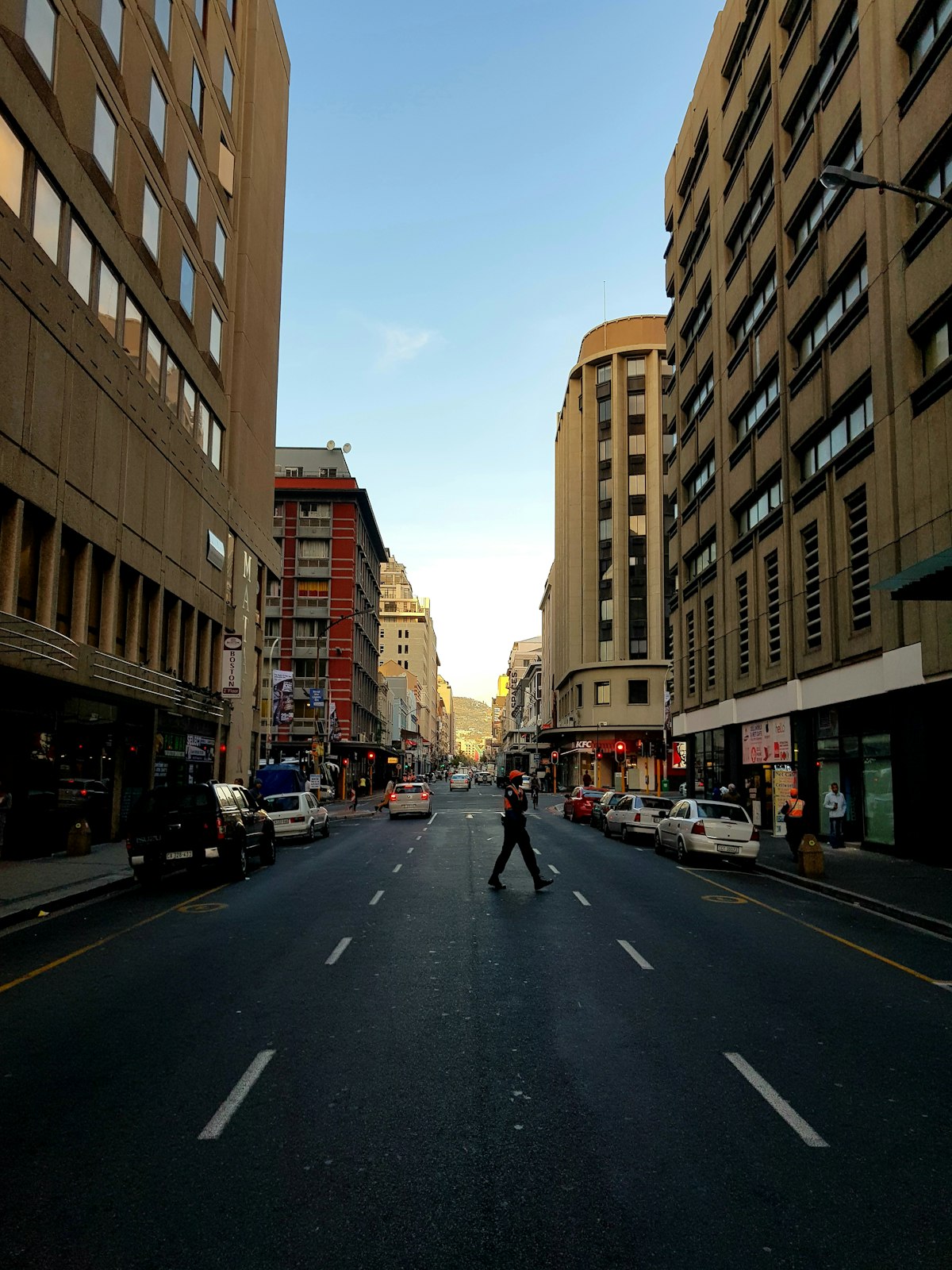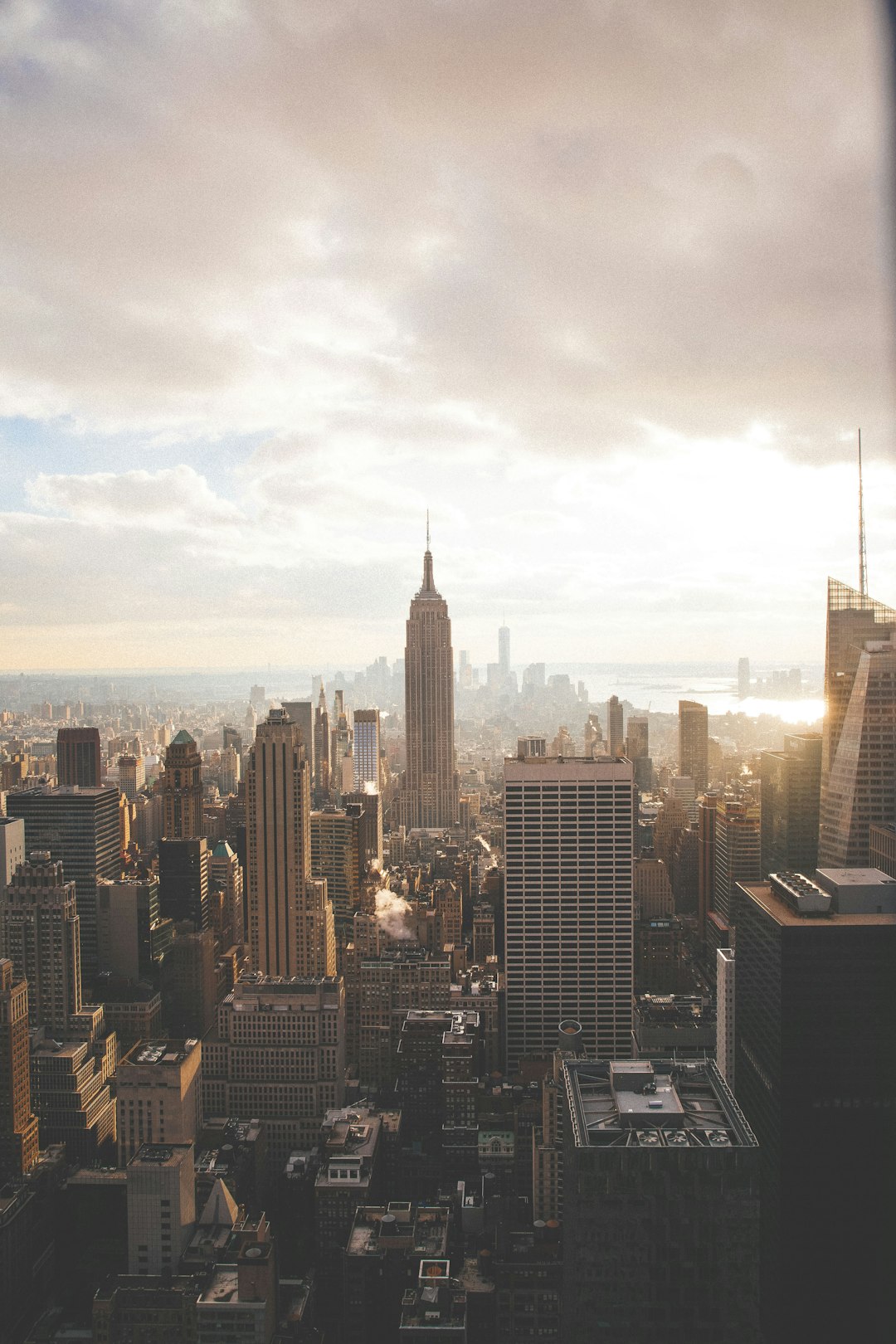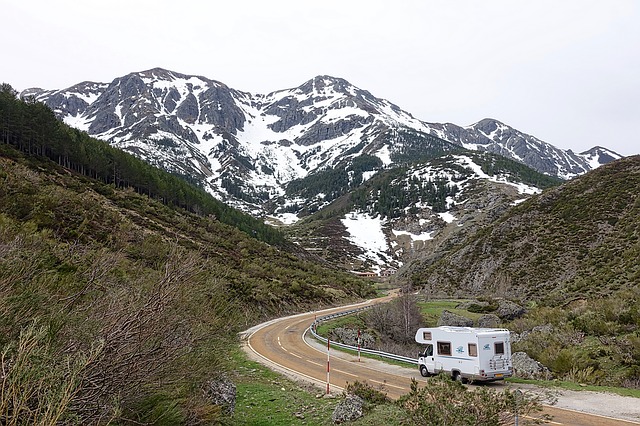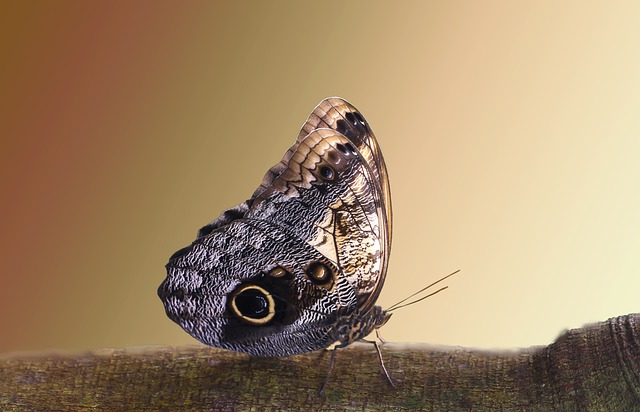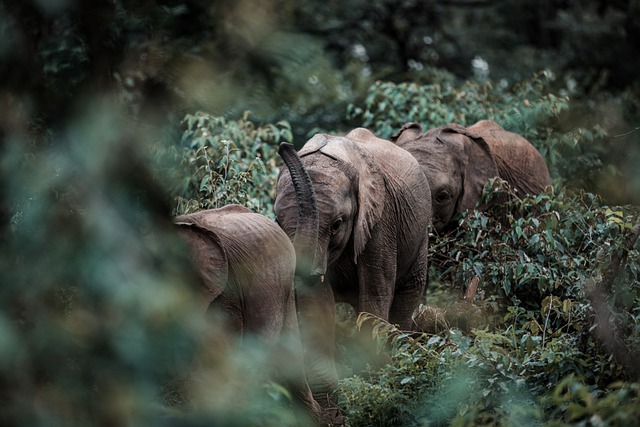
Photography is a hobby which allows you an artistic outlet to immerse yourself in. While lots of people enjoy the idea of photography, few really take the time to learn about it. You will find the information here that will allow you to confidently begin working on photography.
Get as close to your subject as you can. This will help you frame your subject, and block out disruptive backgrounds. It can also give you a better grasp of how to capture the emotions and expressions that define a great portrait. By being too far away from your subject, you often miss the minuscule details that can make a picture truly great.
Always check out other photographers and what they are taking pictures of. Their photos will help you remember that there are different ways that you can take a picture of a particular subject.
Try different digital techniques to come up with wonderful photographs that look like watercolors, oil paintings, and graphic pencil sketches. Adobe Photoshop is the best-recognized software package for doing this, although there are other options available from other manufacturers. Providing your photos with those artistic conversions is simply a matter of opening the “filter” menu and picking the effect you find most appealing.
This tip will help you improve your photos! Shutter speeds can greatly improve your experience with photography. M, S, A, and P settings all exist on your camera. The P setting is your program mode. This will have the shutter speed ad aperture already set. If you do not know what you will be taking a picture of, have the “P” setting on.
The position that you use when holding your camera can make a big difference on the quality of your pictures. To keep your grip steady, hold your upper arms and elbows close to your sides and brace your hands at the camera’s bottom and sides. This helps prevent blurry photographs by keeping the movement of your camera to a minimum. Putting your hands beneath the lens and camera, instead of having them on top, prevents you from dropping your camera accidentally.
When taking photos of people, your subject will stand out best against a background that is a little blurred. When the background is fully focused, the viewer will have trouble determining just what the focus of the picture was supposed to be. An easy way to do this is to make sure that there is a larger distance between the subject and the background.
Framing your photo is an important part of photographic composition. Make sure to not have distracting background items, but zoom in on your major focal point. By using the zoom feature you can clear up any unwanted clutter and eliminate any unwanted focal points.
Take pictures of people. Always ask for their permission. After you get home from your trip, these images will provoke thoughts and memories, even if they are nothing more than ordinary. Try to get a candid expression with casual clothing.
Blur your background when taking portraits of live subjects. When you don’t blur the background, it becomes harder for a viewer to focus on the subject. Make sure you place the background further away than normal when you are shooting your subject.
Find the right subject to photograph. Without the right subject you will be unable to compose a beautiful portrait even if you have the best equipment available. Look for inspiration in objects, or choose a model that is comfortable with you.
Consider taking photographs of the souvenirs bought on your trip. Having the back-story on these things, such as where they were purchased or obtained, brings new depth to the items photographed. This will allow you to create a story behind the objects you bought as souvenirs that you will enjoy when you return home.
Before you take a photo, do not move and hold your breath. Even the slightest movement can destroy a great shot. For the perfect shot, you must take time and focus your energy on getting the perfect view and angle before pressing the shutter button.
Finding another photographer to mentor you or joining a club can improve your photography skills. You can learn a lot about technique from other people, as long as you are careful to maintain your unique perspective. When joining forces with another photographer, compare and contrast your photos of the same subjects, so you can get an idea of how images of identical objects can vary in appearance when taken through the perspective of two different people.
Get comfortable with your models before you start photographing them. A photographer has a powerful presence, and some subjects feel intimidated. Be friendly and start a conversation, then kindly ask for permission to take photos. You need to make your subjects see photography as art as opposed to a violation of their privacy.
Fluorescent lighting requires a lower white balance for indoor photos. Fluorescent light gives a cold rather than a warm effect. This means you will need to adjust your settings to increase red and decrease blue tones.
Learn about how to properly compose a photograph when you want to take better pictures. Just like artwork in other media, a poorly-composed photograph will never reach its full potential. Take the time to learn and implement different types of composition to improve the overall quality of your photographs.
Never underestimate the advantages of natural light in your photo compositions. If you are taking outside shots, the sun should be low for optimal effects. Late afternoon or early morning are the best options. A high sun will cast shadows, or cause your subject to squint. Consider a position where your subject has the sun shining on them from the side.
When you take photos in fluorescent lighting, change the white balance so it looks clearer. You will notice that fluorescent light highlights the blue and green light spectrum and will require post processing in order to balance your tones.
Read through your camera’s manual. Manuals are usually large and bulky. Most people put them back in the box or toss them without ever looking at them. If the manual is going to get tossed or buried, it should at least be read first. This is a great way to learn the ins and outs of your particular camera.
In most instances, the subject’s eyes are looking right at the camera. For a unique look to your photos, have the subject look away from the camera as though they are interested in something out of view. Alternatively, you can have the subject look at something just off center of the camera.
Shoot quickly when you are taking photos. To capture good action shots, you need to have your shutter speed feature set to high. Don’t miss a golden opportunity before it leaves once more. Some special moments are only available to photograph for a few seconds and then they are lost forever. Do not pay so much attention to adjusting your settings that you miss the shot you want to take.
Your landscape photos need three important things. These three components should be a foreground, mid-ground, and background. These same principles apply to landscape painting.
It is important that you understand the ISO function of your camera and what it can do to your photo. There will be more grain visible in your photograph the higher your camera’s ISO setting is. Unless your goal is to achieve a grainy look, this effect can be disastrous.
Generally, when it comes to photos, you have to decide whether or not you want or need to expose the highlights or the shadows of the subject matter. However, you can still take the photos in different conditions and then use a program such as Photoshop to combine them into a great picture.
There will be times where the lighting just won’t allow you to capture a good photograph. It is also difficult most of the time to substitute the shot with a different location. What can you do if you can’t resolve lighting problems in the location you’re photographing? Photoshop and similar photo editing software can help you resolve lighting problems in your photographs. You can use gradient filters and other tools to soften and balance light in the finished photo.
As you encounter different backgrounds, scenery or subjects, take multiple practice shots. Each photograph situation varies, but practicing can help you get a feel for your environment. Changes in lighting will give you a chance to experiment with a variety of natural and artificial light.
Understand that taking a picture of a person is more than just capturing their face. There are so many attractive parts of the body that are used as subjects of photos.
Take the time to learn how the ISO on your camera functions, or you could find yourself taking bad photographs because of it. An increased ISO lets you see more. If this is not an effect you are consciously aiming for, visible grain can make your photo look awful.
Although the quality in cell phone cameras has drastically increased, you should watch out for issues with lighting. Most cell phone cameras do not have built-in flashes, and, therefore, it is crucial that you position your subject in a way that maximizes available lighting sources. Zooming in is a great way to cut out some of the shade or shadows around the user.
Relative sharpness is another important element to consider. For the most part, sharpness is at its zenith around the center of a lens and image. Be sure that your edges fade appropriately as the subject edges towards the boundaries of the frame.
Have balance in your images. If you are careful to balance the elements in your photos, they will look good enough to frame. Remove any elements which might be distracting, ensure that you level the horizon, and frame your subject aesthetically.
Photography is an art form that interests a large number of people. However, many hold back from participating because they feel intimated by all of the complex information that is available.
A protective case for your camera and accessories is a must-have. Many photographers find that they spend a lot of money replacing camera parts and accessories due to accidents. You can find a case that fits your camera at just about any store that sells cameras.
At first, it is easy to become overwhelmed by all the information out there on Gopro Accessories, 340gsm blend velour best pillow
nurse home waterproof mattress protector
bed bug mattress cover queen. How can one learn it all? With the information provided here, you’ll be well on your way to fully understanding Gopro Accessories, 340gsm blend velour best pillow
nurse home waterproof mattress protector
Thermal Camera
DAHUA PTZ Camera
bed bug mattress cover queen.






